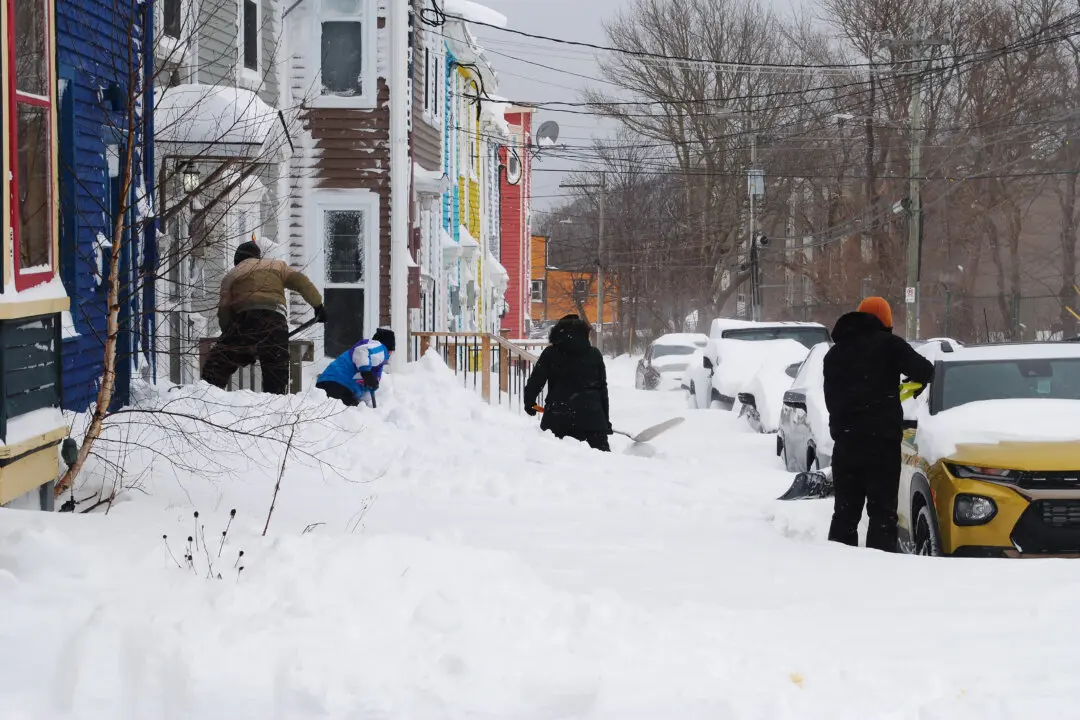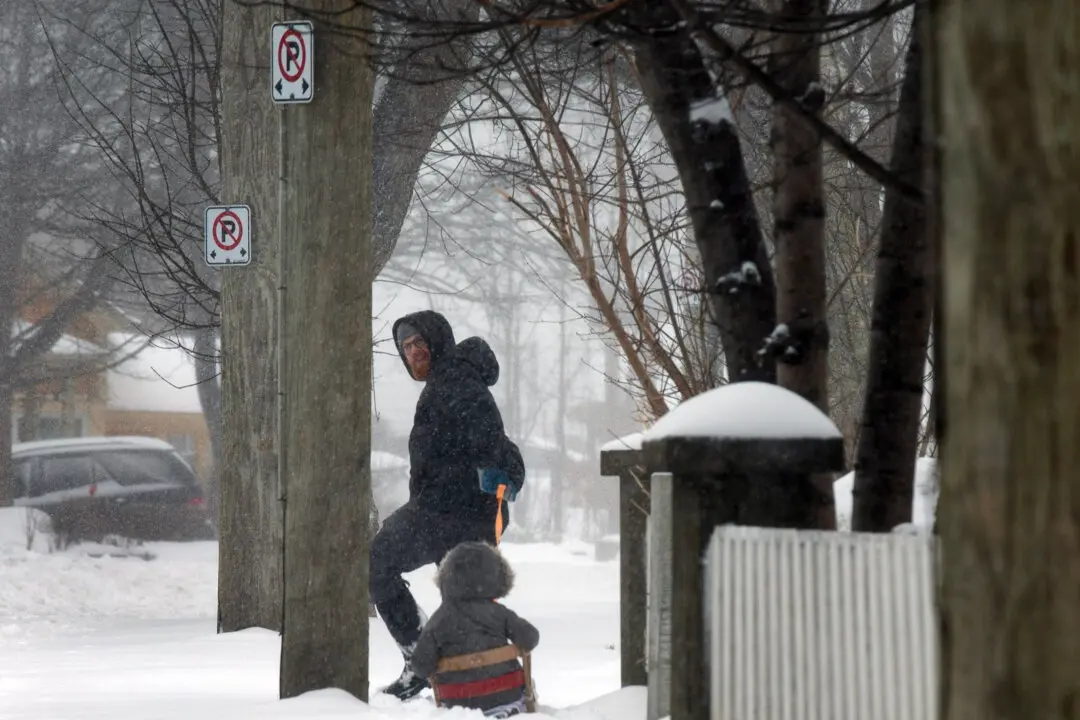OTTAWA—Parliament’s budget watchdog says that it’s likely the federal deficit for the year will hit $252.1 billion as a result of the COVID-19 pandemic, and could go even higher if emergency measures remain in place longer than planned.
The figure is an estimate based on the almost $146 billion in spending measures the government has announced to help cushion the economic blow from the pandemic, estimated declines in the country’s gross domestic product, and the price of oil remaining well below previous expectations.





